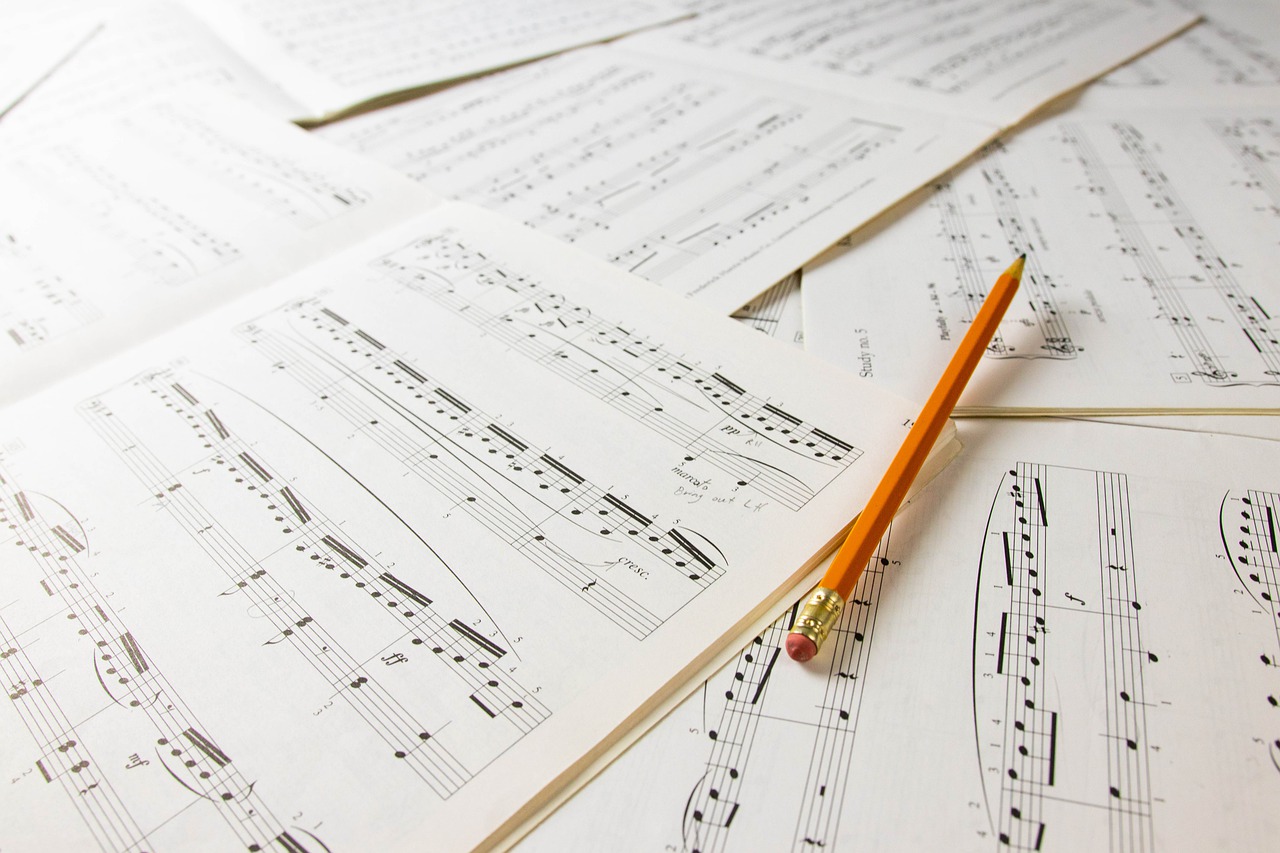Water travels through pipes with a sense of timing. It moves smoothly when pressure is steady, just like a rhythm in music that keeps the listener engaged. Both systems rely on flow — plumbing delivers water, and rhythm delivers sound. When that flow is interrupted, the experience feels off. Imagine a leaky pipe or a skipped beat. Suddenly, everything feels disjointed.
Plumbing systems have long been used as metaphors for networks, systems, and even emotions. However, one overlooked comparison lies in the world of sound. The controlled movement of water mirrors how musical rhythms are built. A producer shaping beats often thinks about pulse and timing, similar to how a plumber might think about pressure and release. When a disruption happens, whether it’s a leak or an off-beat note, it needs to be corrected. This is where leak detection (detection fuite) becomes a metaphor for refining musical timing, identifying the weak spots, and bringing the flow back.
The Science of Flow in Plumbing and Music
 At its core, both systems depend on predictable movement. Water flows through pipes, while beats travel through time. In plumbing, valves, and pressure points determine how and when water flows. Similarly, music relies on rhythm sections to guide the listener through a track — drum patterns, hi-hats, and bass lines keep the pulse steady.
At its core, both systems depend on predictable movement. Water flows through pipes, while beats travel through time. In plumbing, valves, and pressure points determine how and when water flows. Similarly, music relies on rhythm sections to guide the listener through a track — drum patterns, hi-hats, and bass lines keep the pulse steady.
A water system with fluctuating pressure is hard to use. It sputters and surges. Music with uneven rhythm is the same — jarring, disconnected. That’s why composers and producers study rhythm with such care. It’s about creating a pattern people can move with and feel comfortable inside.
Creating Musical Flow
Producers often talk about “groove.” It’s that feeling when everything in a track fits perfectly. Just like a well-installed pipe system, nothing leaks, nothing gets clogged. A good groove keeps the listener locked in — almost like the music breathes with them. And just like water pressure, rhythm can build, pause, and release.
Consider how jazz musicians play with rhythm. They don’t just follow a metronome — they push and pull the beat, like adjusting the faucet. The music flows in and out of time, giving it texture. It’s not random. It’s intentional, like rerouting a pipe to optimize the system.
Flow as a Creative Concept
Thinking about rhythm through the lens of plumbing helps artists understand pacing. A song shouldn’t pour all its energy out at once. It should trickle, surge, settle, and rise again. These natural movements help build emotional arcs in music, much like how plumbing systems are built to match usage cycles — morning showers, evening dishwashing, and everything in between.
This concept also applies to track arrangement. A good song moves like a system of valves. The intro builds pressure, the chorus bursts, and the bridge allows for release before returning to the final verse. These shifts keep listeners interested. They prevent rhythm fatigue and maintain that vital sense of movement.
Leaks in Music and Water
Just like a plumber needs to listen for signs of leaks, musicians must listen for weak spots in rhythm. Maybe the snare hits a little late. Maybe the kick feels too strong. These issues break the groove. They make the rhythm feel off. Fixing them isn’t always about removing the mistake — sometimes it’s about adjusting the surroundings to support it better.
This fine-tuning process is where music production gets detailed. Small tweaks — like nudging a hi-hat or changing swing settings — make a big difference. It’s the musical equivalent of sealing a tiny hole in a pipe or adjusting the water flow in a system.
READ ALSO: Unleash Your Inner Rhythm: A Beginner’s Guide to African Drumming
Why This Analogy Matters
Understanding rhythm as a flowing system helps musicians think in new ways. It encourages them to approach beats with care and intention. It also connects a very human experience — water — with the more abstract idea of sound. Everyone understands flow. Whether in a faucet or a song, it’s something we feel.
So the next time you hear a track that feels right, think about plumbing. That steady, uninterrupted flow didn’t happen by accident. It was designed, tested, and adjusted — much like your home’s water system. Both need balance. Both need rhythm. And both tell us something powerful about the importance of flow.

